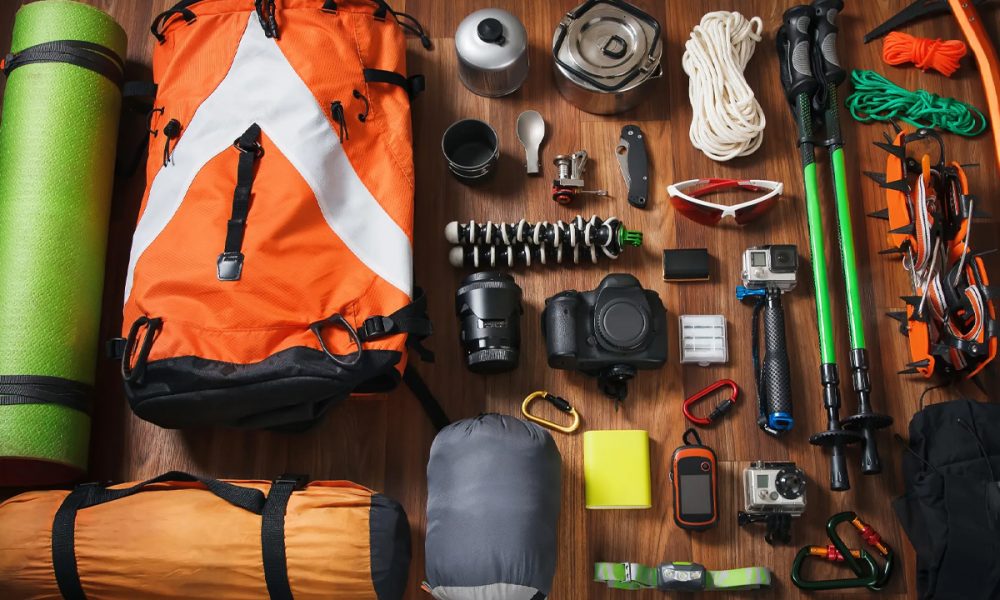Call /WhatsApp: +255 788 738494

Planning to climb Mount Kilimanjaro? A smart packing strategy is key to your safety, comfort, and summit success. This detailed Kilimanjaro packing list will guide you through everything you need to bring. You’ll be trekking through five different climate zones, so proper gear is essential.
Your main duffel bag is carried by porters. However, its weight is limited to 15 kg (35 pounds). If your luggage exceeds this, you’ll need to hire an extra porter, which increases costs.
Therefore, pack only essential items. Also, use rugged waterproof stuff sacks to protect your gear from rain and dust.
You will carry your daypack throughout the hike, so it must contain the items you’ll need before reaching camp. This includes:
Since you won’t have access to your duffel bag during the day, it’s important to think ahead and pack smart.
Cold weather can drain batteries quickly. Therefore, pack extra batteries for your headlamp, camera, or other electronic devices. Lithium batteries work better in freezing temperatures and last longer.
In addition, consider using a small power bank for recharging your phone or GPS device at camp.
It’s not uncommon for checked baggage to arrive late. For this reason, always carry critical gear, like hiking boots, outerwear, and personal items, in your hand luggage.
This way, even if your main bag is delayed, your climb won’t be at risk from the start.
Many climbers choose to leave behind gently used clothing. Items like warm jackets, hats, and gloves are extremely valuable to guides and porters.
Not only does this reduce your return luggage, but it also supports the local community.
Packing smartly for Kilimanjaro isn’t just about comfort, it’s about safety and performance. Each item should serve a purpose. Therefore, double-check your list, focus on layering, and avoid overpacking.
With the right preparation, you’ll be ready for the mountain’s challenges from day one.
Do you need help?
Send us details